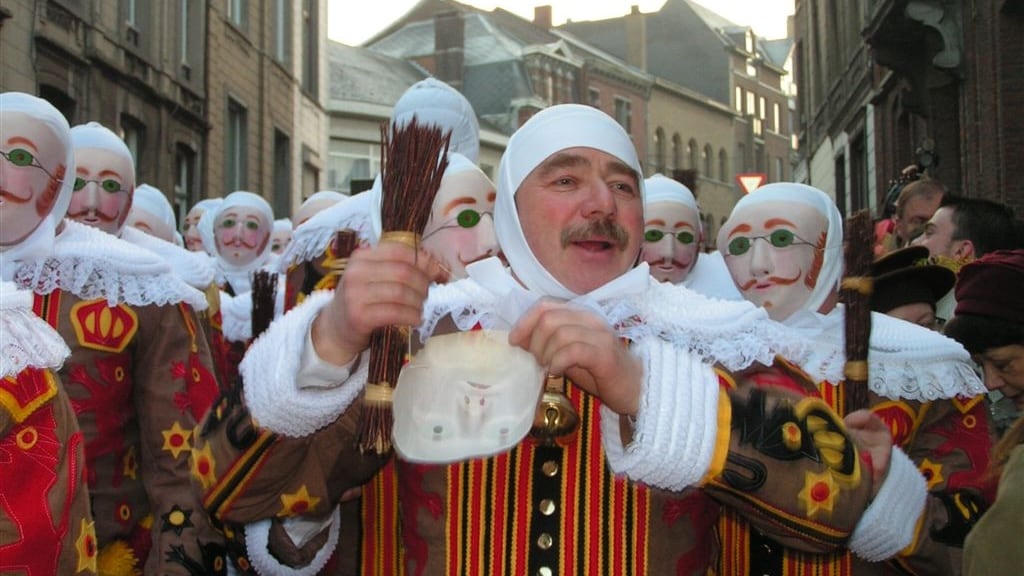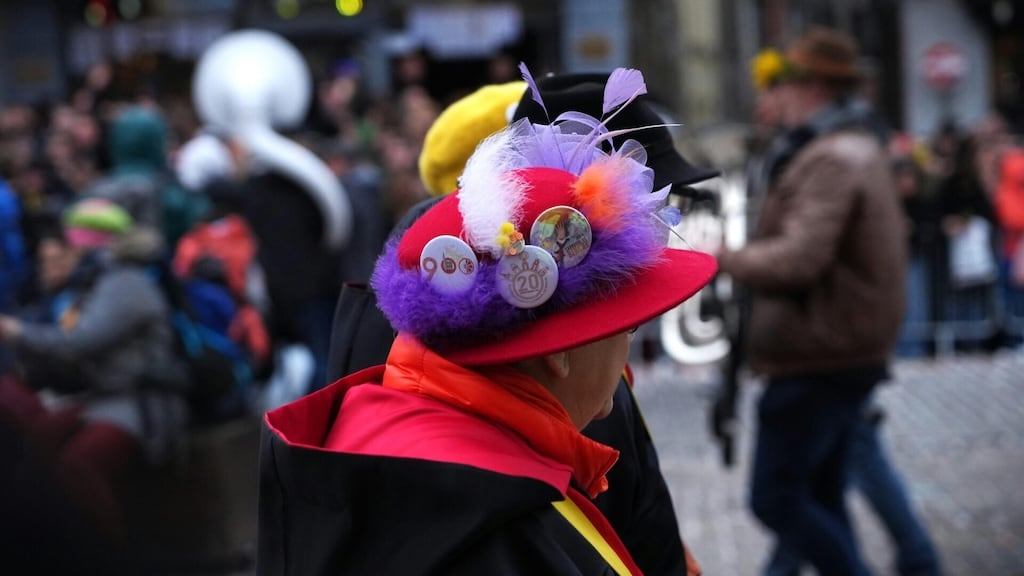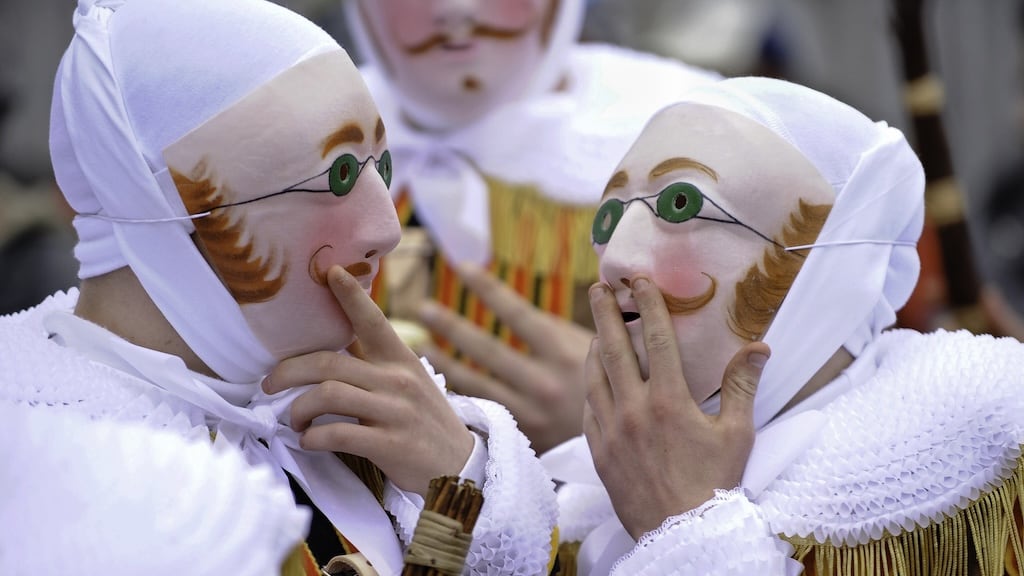Belgium's Celebration of Tradition and Culture
Each year, the picturesque Belgian town of Binche comes alive with one of Europe's most unique and treasured festivals — the Carnival of Binche. This centuries-old event is far more than a mere carnival; it embodies the heart and soul of Belgian tradition and European folk heritage.
Recognized by UNESCO as a Masterpiece of the Oral and Intangible Heritage of Humanity, the carnival draws visitors from across the continent and the world, eager to experience its remarkable fusion of history, music, and vibrant pageantry. Taking place annually on the days leading up to Lent, it stands as a proud symbol of Belgium's rich cultural diversity and one of Europe's most distinctive carnival celebrations.


Historical Background
The origins of the Carnival of Binche date back to the Middle Ages, with some historians suggesting its beginnings may lie in the 14th or 15th century. Although the precise origins remain debated, the festival's development is deeply entwined with local customs and religious folklore. The event took a defining turn in the 16th century when the town of Binche embraced the carnival as a core part of its municipal identity.
A major milestone came in 2003, when UNESCO officially designated the Carnival of Binche as an intangible cultural heritage, underscoring the festival's immense cultural value and the critical need to preserve its traditions. Central to the celebration are the Gilles — male participants who don highly elaborate costumes and perform traditional dances and rituals throughout the festivities. Over time, the Gilles have become symbolic representatives of Binche's cultural identity, serving as a living link between past and present.
Common Activities
The three-day carnival offers a lively schedule filled with traditional events each day. The highlight is undoubtedly the parade of the Gilles, who wear magnificent costumes decorated with bright colors, ostrich feathers, and belts adorned with bells. Moving in procession to the rhythmic beats of drummers and brass bands, the Gilles captivate the crowd with their energy and spirited dances.
One of the most unique features of the Binche Carnival is the orange-throwing ritual. Gilles eagerly toss thousands of oranges into the crowd — a gesture symbolizing good fortune and prosperity, which also adds an interactive and festive element to the celebrations. Beyond the parade, visitors can enjoy traditional music, folk dances, and lively street performances that vividly reflect the local culture and communal spirit.
Ancient Traditions
The carnival is steeped in age-old customs that have been meticulously preserved. The Gilles' costumes are handcrafted with exquisite detail, including the famous wax masks that conceal their faces. These masks are prepared months in advance and worn exclusively during the parade day; they are then carefully preserved as treasured family heirlooms.
Music plays a vital role in setting the carnival's atmosphere, with traditional drums and fifes accompanying the Gilles' procession. The festival also features distinctive dances passed down through generations, embodying the joyous and communal spirit of the carnival.
In addition, local cuisine is an essential part of the experience. Street vendors offer hearty Belgian specialties and seasonal delicacies, bringing the festive atmosphere into homes through family gatherings and community feasts, reinforcing the carnival as a powerful social and cultural event.
What to Expect
Visitors planning to attend the Carnival of Binche should aim to be there in mid-February, usually from Sunday to Tuesday preceding Ash Wednesday. The best viewing spots are along the main streets of Binche, where the energy of the celebrations is most palpable.
Binche offers a range of accommodations, from charming guesthouses to boutique hotels, ensuring a comfortable stay. The town is well connected by train and road to major Belgian cities such as Brussels and Charleroi, making it easily accessible.
First-time visitors should be prepared for large, lively crowds and the festive noise of street revelry. Due to the carnival's popularity, booking accommodations well in advance is highly recommended. To fully immerse yourself in the experience, take time to explore local markets, sample traditional foods, and engage with residents to deepen your understanding of the carnival's cultural significance.


Conclusion
The Carnival of Binche is much more than a festive occasion; it is a living cultural heritage that continues to flourish in modern times. With its legendary Gilles, lavish costumes, and colorful rituals, the carnival offers a unique glimpse into Belgian and European traditions.
For those eager to witness authentic folk culture, the Binche Carnival presents a joyous celebration rich with history, vibrant merriment, and unforgettable memories. It remains a powerful testament to the enduring vitality of community and tradition within Europe's cultural landscape.